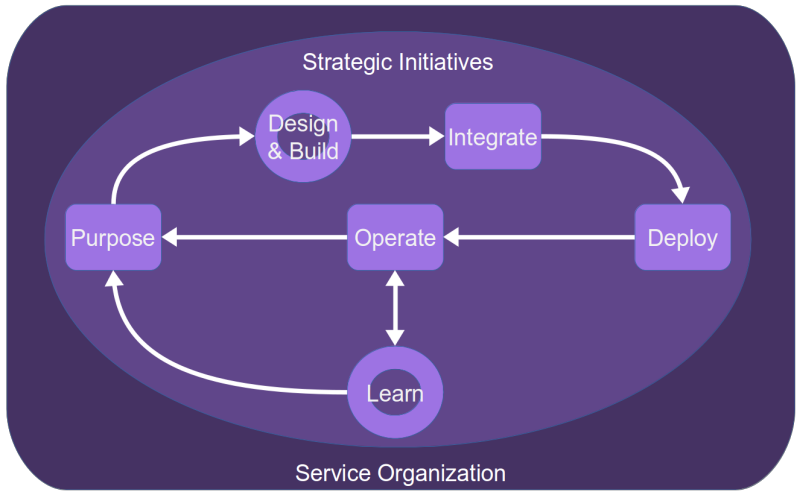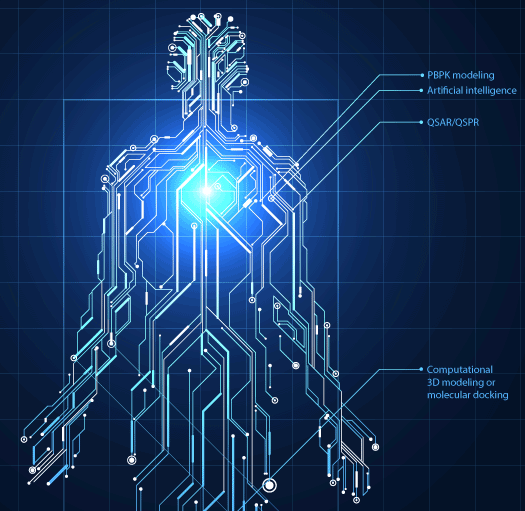In the early history of Computer Science, the biological metaphor play an important role in the design of the first models of computation based on neural networks and finite state machines. Because of this various biological methods for Artificial Intelligence are considered to play an important role in modern industry.
Some of the biological methods for Artificial Intelligence are:-
- physical foundations of biological intelligence
- translation of biological models to artificial intelligence
- collective motion in biological populations.
The advances made in the last two decades in molecular biology, has lead to the need for automated reasoning tools. Hence, it helps in knowledge on dynamical models from temporal data, designing biological experiments and automating those experiments.
Physical foundations of biological intelligence–
An intelligent system must consist of numerous agents that monitor situations and gives a solution. These agents act alone or in concert. We essentially decompose a living body into a collection of units in a form of molecules, cells, and a collection of cells into organs.

Translation of biological models to artificial intelligence-
Symbolic AI was the prevailing approach which is reliant on human programmers coding complex rules to enable machines to complete complex tasks. Thus, translation of biological models to artificial intelligence is an important concept in an approach towards biological models for artificial intelligence.
Collective motion in biological populations-
Many cellular populations like microbial colonies and biofilms, or tissues and tumours in multicellular organisms form biological populations. Hence, whenever movement is important for survival or growth, these correlated rearrangements make an evolutionary change in biological populations. So, collective motion is essential criteria for understanding biological methods.

Learning Mechanistic Models from Temporal Data
Biological modelling is still an art which is limited in its applications by the number of biological models in today’s modern era.
So, it has a great influence in design experiments that can now be largely automated at both the single cell and cell population levels. It has cell population with a gain in both the quantification and the reliability of the observations.
Limitations of Artificial Intelligence–
- the “black-box problem” of machine learning
- generalization power of machine-learning models
- model selection
- development of objective benchmarks





